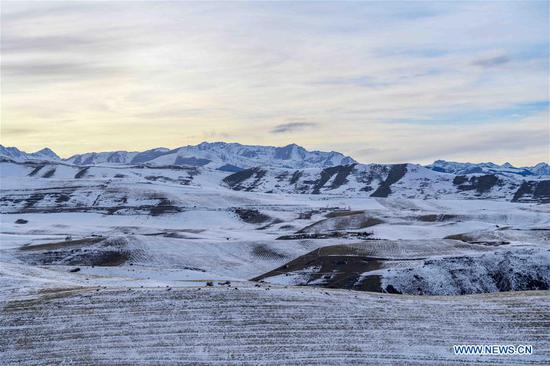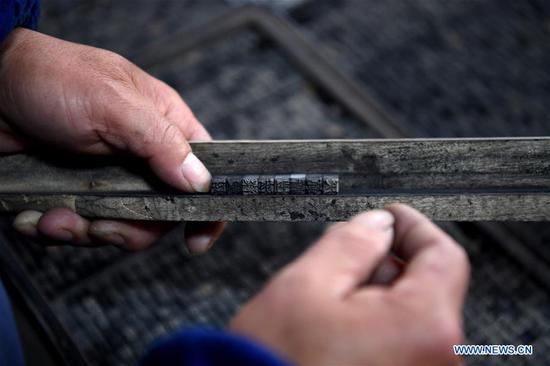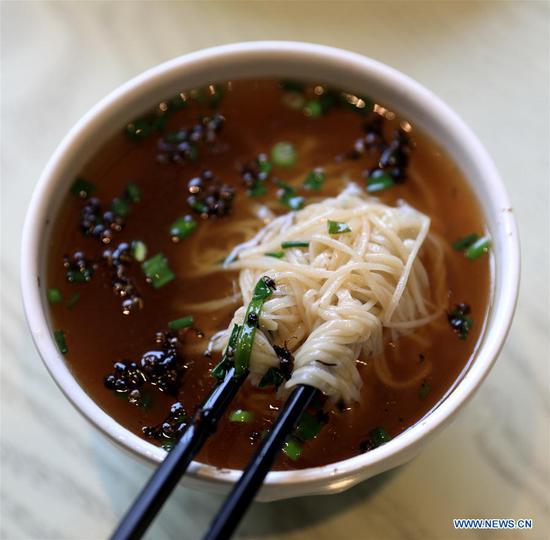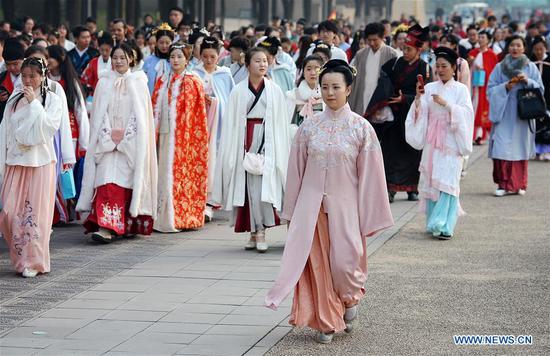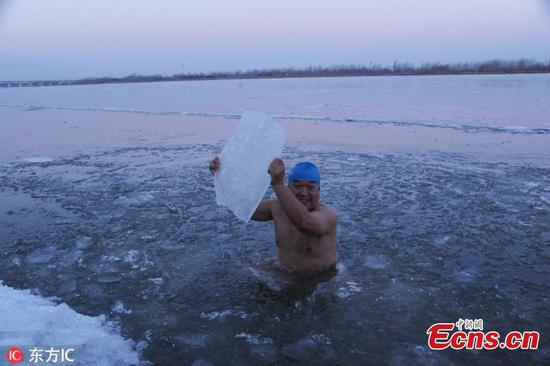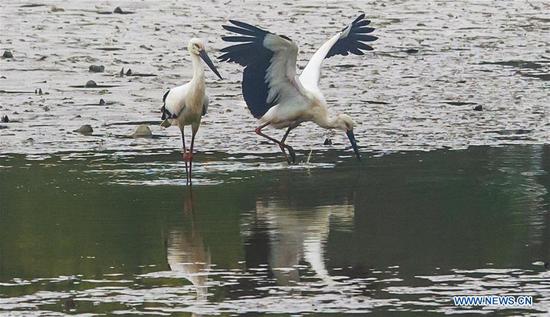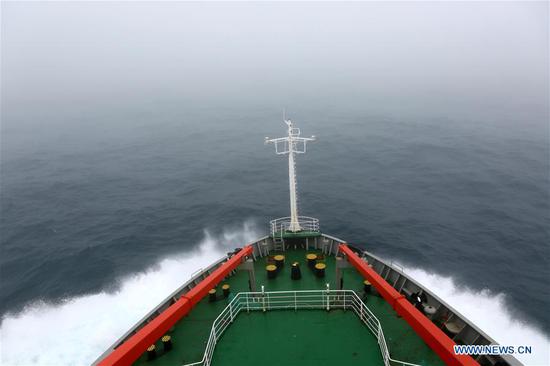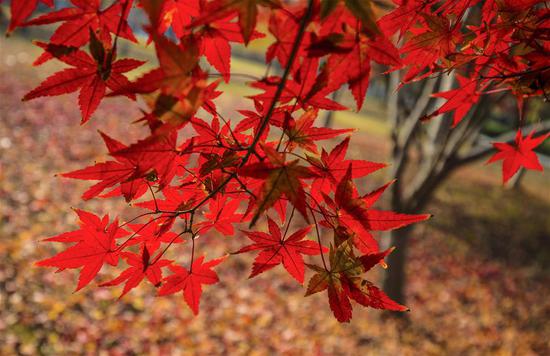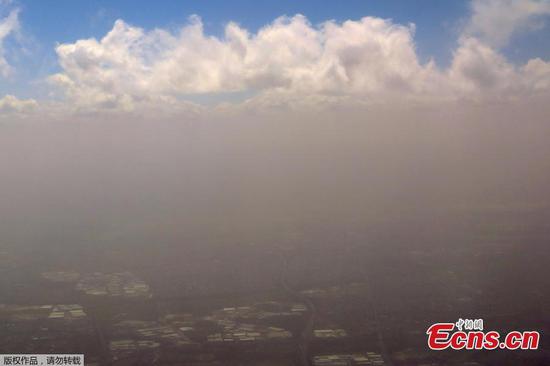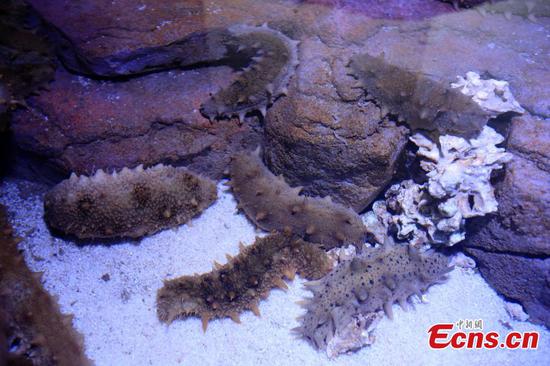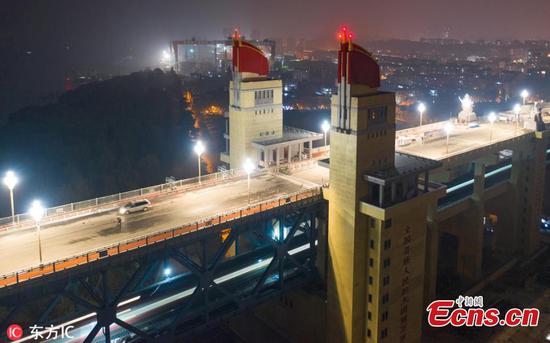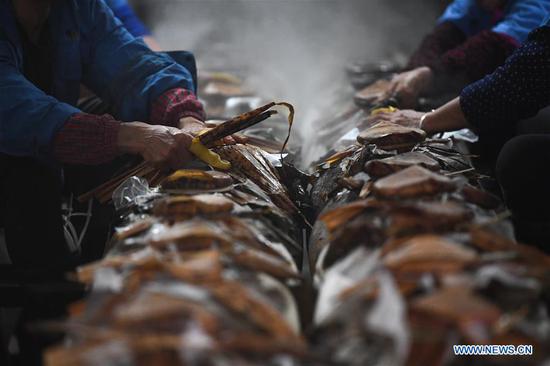"The rice we grow here is one of the most sought-after varieties in the market," said Zhu Zhongmin, a farmer from Yuanyang County of central China's Henan Province.
"Apart from the use of high-quality seeds and fertilizers, the most crucial element of the 'formula' that allows each mu (0.067 hectares) of my family's paddy field to produce more than 650 kg of rice per year is the irrigation water sourced from the Yellow River," he said.
In Henan, one of the most populous provinces in China, agriculture has been the main driver of economic growth for centuries.
Over 40 years of reform and opening-up, the farmland in Henan benefiting from the water diverted from the Yellow River has expanded from 96,700 hectares to 906,700 hectares.
In the past, most attempts to rechannel the middle and lower reaches of the country's second-longest waterway had caused massive flooding, inflicting great environmental and economic pain on the central plain regions.
Historically, the flood contributed to several catastrophic famines and forced migrations as the ensuing intrusion of salinity decimated the soil's ability to grow crops.
After the founding of the People's Republic of China in 1949, water diversion projects like the People's Victory Canal that aimed to increase grain production were built and won the applause from ordinary farmers like Zhu.
He views the use of more nutrient-rich Yellow River water to irrigate crops as more cost-effective than using local ground water which would rack up a big electricity bill.
Farmers in Yanjin County, Henan Province, tend to grow their signature produce wheat by using Yellow River water and their alkali-rich groundwater alternately.
"The first time to irrigate crops after the spring planting must be done by Yellow River water if we expect the yield to be somewhere between 600-700 kg per mu. Otherwise, the yield could fall to 300 kg," said Li Shijun, head of the People's Victory Canal Management Bureau.
Since being put into use in 1952, the canal has diverted 38 billion cubic meters of water from the Yellow River and helped generate 40 billion yuan (5.8 billion U.S. dollars) in additional returns.
Over the past four decades, places like the counties of Yuanyang and Yanjin have been transformed from a hostile environment for agricultural production to home to some of the most recognizable brands of farm produce in the country.
Some credit goes to a sophisticated digital control system that improves the efficiency and sustainability of the water diversion operations.
Statistics from the province's water resources department show that the areas can save 813 million cubic meters of water per year with the irrigation cycle being reduced by four to six days.
Weishi county is one of the biggest beneficiaries of the sprawling network of water pipelines. After achieving smart control over the irrigation water, farmers are able to choose between Yellow River water and groundwater based on a real-time display of the volumes of water they have in store.
"Now, pumping water out of a well can be easily done by a simple swipe of an IC card," said Shi Changsuo, a local farmer. "This is different from the past when a whole family was needed when it comes to irrigating crops."
Salinization has been abated considerably and the grain output has increased by nearly four times-over, according to the Yellow River Conservancy Commission. Enditem










